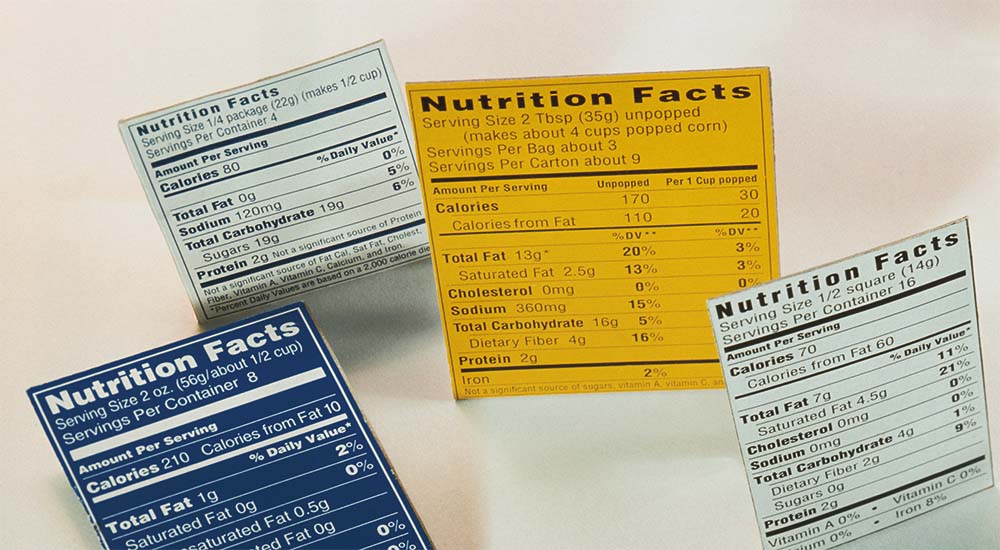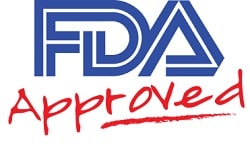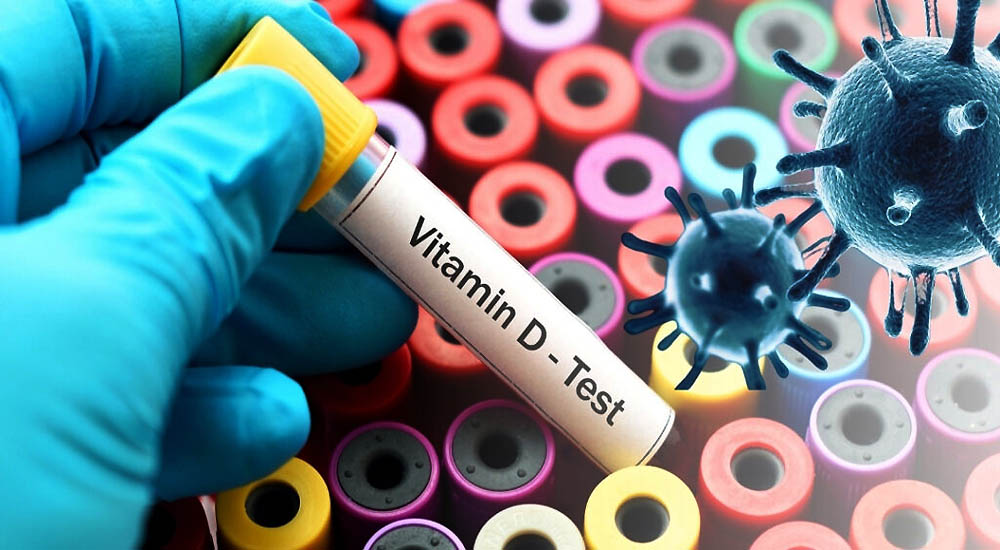Gluten Intolerance Food Labeling – What You Need to Know!

Finally, the FDA is Taking Action

What Will ‘Gluten Free’ Mean?
The FDA has proposed that products regulated by them may only bear a gluten-free label if the product DOES NOT contain:
• an ingredient that is a species of wheat, rye, barley, or a crossbred hybrid of these grains
• an ingredient derived from these grains and that has not been processed to remove gluten
• an ingredient derived from these grains and that has been processed to remove gluten if the use of that ingredient results in the presence of 20 or more parts per million (ppm) gluten in the food; or
• 20 parts per million (ppm) or more gluten.
Less than 20 ppm of gluten in food has been demonstrated by research in 2007 as safe for the majority of individuals suffering from celiac disease. In 2008 the same guideline was adopted by Codex Alimentarius (Latin for ‘food book’), a collection of internationally recognized standards, codes of practice, and guidelines as regards food. Further, the guideline has also been adopted by 27 countries in the European Union.
In Europe, these guidelines become official in January 2012. Some are pushing for a lower standard than 20 ppm. While less always sounds better, the FDA states that 20 ppm is the lowest level that analytical equipment has been able to reliably detect gluten. In other words, if we push for a guideline lower than 20 ppm we may run into a few problems:
1. We may not be able to enforce it based on the equipment currently on hand.
2. Products imported from other countries (there are many) where the 20 ppm standard is already in place would no longer be able to be sold in the US, limiting food options to a significant degree.
A Bigger Problem – Here’s the Scary Part
The FDA is also proposing alternate labeling (Option 6) that would offer a two-tiered option consisting of ‘gluten-free’ and ‘low-gluten’. Gluten-free would be the 20 ppm standard as mentioned above, but ‘low gluten’ was not revealed to have any standard in their proposal, as the FDA had no scientific data with which to decide what it should be. The reason there’s no scientific data, in my opinion, is that ‘low gluten’ is a bad idea.
We are very clear that gluten intolerance is not something that you can fool around with. In other words, no cheating is allowed. If we trust the science that states that below 20 ppm of gluten is essentially equivalent to 10 or 5 ppm as far as the body’s immune system is concerned, then considering a ‘low gluten’ label just makes no sense in my opinion. Further, I think it’s dangerous.
Obviously ‘low gluten’ would have a higher gluten content than ‘gluten-free’, which therefore means more than 20 ppm. Since some people are concerned with the potential problems associated with 20 ppm, what could possibly be the purpose of anything higher other than to confuse the consumer and cause ill health – my opinion.
You Can Help!
If this argument makes sense to you please urge the FDA to the following:
1. Adopt the 20 ppm standard
2. Do away with the concept of ‘low gluten’ labeling
3. Urge them to review the scientific research supporting the standard and revise it as appropriate to ensure the safety of gluten-intolerant consumers in the future,
You can support this cause by clicking here to send the FDA a letter from you personally. It’s very quick and easy and would go a long way towards helping the FDA make a better decision to preserve your health and that of your family. Jules Shepard of Jules Gluten Free and John Forberger, who is one of NFCA’s Athletes for Awareness, created the site. Please take a moment and share your opinion. I would love to hear back from you regarding any questions you may have or if you would like to receive a free consultation. Our Destination Clinic treats patients from across the country and internationally. We’re here to help!
Do you need help with your health?
We have the diagnostic and testing tools, the clinical experience, and a different medical approach to discovering the root cause of why you have the symptoms that are bothering you. As long as you are ready to make some dietary and lifestyle changes, we can help you. We will "hold your hand" through the changes, step by step, to make each step an easy one. We are located in Clearwater, FL, at 1000 S Ft Harrison, at the corner of Ft. Harrison Ave. and Magnolia St. There is plenty of parking space directly accessible from Ft Harrison. If it is not convenient for you to come to Root Cause Medical Clinic, we offer telehealth/telemedicine consultations to residents of certain states. Call us for details.
Contact us for a Consultation – Call 727-335-0400

Dr. Vikki Petersen DC. CCN
Founder of Root Cause Medical Clinic
Certified Functional Medicine Practitioner
Dr Vikki Petersen is a public speaker, author of two books, several eBooks and creates cutting edge content for her YouTube community. Dr Vikki is committed to bringing Root Cause Medicine and its unique approach to restoring health naturally to the world.
Ask a Doctor
Have a health concern you'd like to speak with a doctor about? Or just want clarity on a subject? Ask Us!


